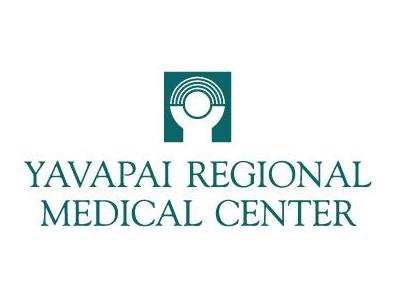Over the past several years there has been a rise in deaths in Arizona due to prescription opioid-related overdoses, leading to Arizona’s governor to declare a state of emergency.1
In June 2017, the state legislature passed a law requiring prescribers who write more than five days of opiates for any patient at a time to access the state-controlled substance monitoring database.
“Synthetic fentanyl and heroin are becoming more common, but prescription opioids are Arizona’s highest contributors to opioid-related deaths,” said Ronael Eckman, MD, chief medical informatics officer and chair, department of Pediatrics.
With a sense of urgency Yavapai Regional Medical Center (YRMC), based in Prescott, Arizona, worked with Cerner to implement PDMP (prescription drug monitoring program) Connection, which helped providers reduce prescribed opioids by 6%.2 The Cerner ITWorks℠ client’s providers also increased the number of PDMP reports providers accessed by 19%.3
“Our primary service area has approximately 150,000 people, and we have 20 substance abuse treatment facilities,” Eckman said. “There is an influx of people seeking treatment with variable levels of success, and unfortunately, some enter our community as drug seekers and relapse.”
PDMP Connection makes it easier for physicians and pharmacists to prevent and treat drug abuse because state-sourced data appear within their workflows. Providers can take the necessary precautions and feel more confident about prescribing opioids.
YRMC providers use this data in both ambulatory and acute workflows. Previously, providers had to go to a separate website, log in manually and input patient data. The solution automatically integrates the information they are required to capture into the chart.
“It’s the best project I've ever been involved with,” said Eckman. “I’ve had several physicians stop me in the hallway or send me text messages or emails telling me this is a great improvement to their workflow and that it made a big difference in their days.”
“We had the same providers use the new workflow, compared the total views, and it came out to 58 hours saved in the first month,” she said.4
PDMP Connection shows which prescriptions pharmacies and providers have written and what has been dispensed.
“With one click, we have visibility to information we historically never had, and more recently, had difficult access to,” said Eckman. “The new workflow allows you to see if your patient is being forthright.”
Prescribers can tell if patients are “drug seeking” or if they are really getting medications from other prescribers. The system also alerts prescribers if patients need additional resources or referrals.
“You have all the information necessary to take care of your patient appropriately,” she said. “Overall, this was a very simple, easy and super successful project for us.”
For more information about best practices for ePrescribe, visit our Model Experience Page. For more information about best practices for opioid management, visit our Model Experience Page.
1 Number of deaths per every 100,000 population; “Arizona Opioid Summary,” National Institute on Drug Abuse, revised March 2019, https://www.drugabuse.gov/drugs-abuse/opioids/opioid-summaries-by-state/arizona-opioid-summary.
2 Comparing a baseline of 11,326 prescribed opioids measured from December 2017 - February 2018 to an outcome of 10,637 prescribed opioids measured from March - May 2018 after giving clinicians access to state-wide prescription patterns within their workflow through PDMP (prescription drug monitoring program) Connection.
3 Comparing a baseline of 3,826 PDMP reports accessed from December 2017 - February 2018 to and outcome of 4,556 PDMP reports accessed from March - May 2018 after giving clinicians access to state-wide prescription patterns within their workflow through PDMP Connection.
4 Comparing an average baseline time of 144 seconds measured in December 2017 to an average outcome time of 10 seconds measured in April 2018 and multiplying the 134-second difference by the 1,561 views in April after giving clinicians access to state-wide prescription patterns within their workflow through PDMP Connection.


